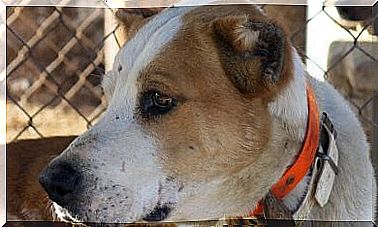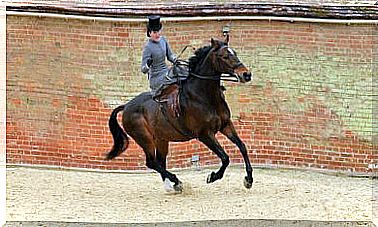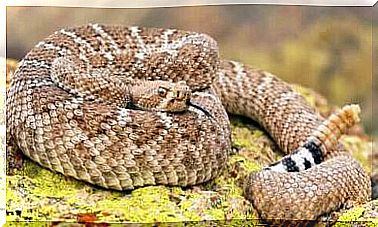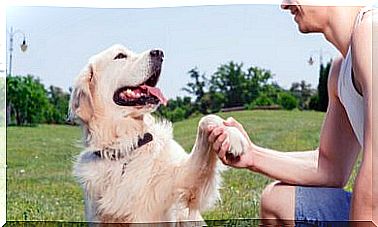Why Do Giant Dogs Live Less?
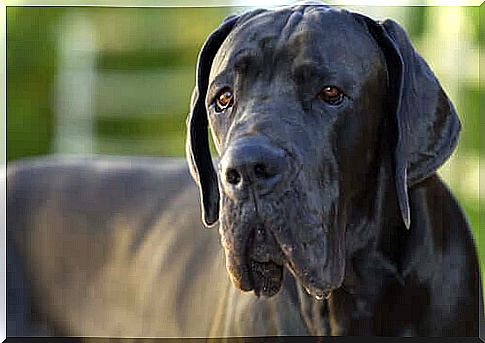
Recent studies indicate that giant dogs live less and exhibit accelerated aging compared to small breed dogs.
The classification of a breed as a giant implies a combination of height and bulk, with exceptions such as the Irish lebrel hunting dog, which is thinner. All these dogs are characterized by having a weight in excess of 40 kg and an average life expectancy of seven or eight years.
Apparently, if you look at the length of mammalian life cycles, you might think that giant dogs should live longer. After all, while the longevity of whales and elephants exceeds a hundred years, a rat barely lives for two years.
However, if the analysis to focus on a particular mammalian species, a reverse trend is achieved: the small specimens are the most living.
Do giant dogs really live less?
From the fact that an average-sized dog has a life expectancy of about 13 years, a group of researchers at the German University of Göttingen tried to explain the expected low average for a German mastiff or bulldog.
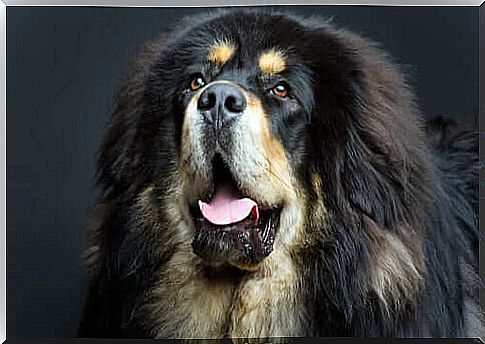
To do this, they analyzed data provided by veterinary hospitals, with which more than 56,000 dogs of 74 different breeds were evaluated. His conclusions, published in the scientific journal American Naturalist , revolved around accelerated aging.
So when a big dog dies at just seven years old, it’s not that he died young, it’s that by that age he had already reached old age.
Furthermore, through a statistical calculation, a pattern was found in the effect of body mass in reducing life expectancy. Thus, they stated that, for every two kilos more mass, the dog had a month less to live.
However, when interpreting the German study, it can be seen that its data are based on an observational analysis, but do not explain the physiological reason for this aging. This aspect was what the study led by the University of Science and Technology in Trondheim, Norway, tried to address.
chromosomal longevity
The Norwegian team, led by biologist Thor Harald Ringsby, published its results in the scientific journal Proceedings of the Royal Society , with a focus on the genetic factor, at the chromosomal level.
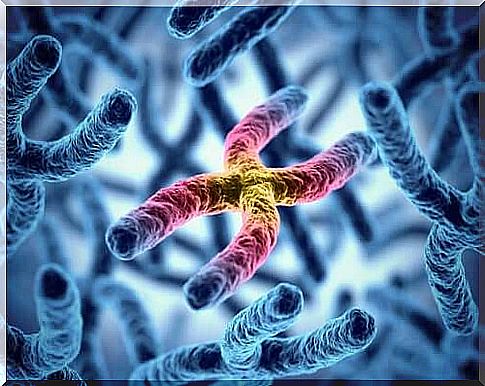
Specifically, the researchers looked at the telomere length of giant dogs. These telomeres are the most distal parts of chromosomes and have the particularity of decreasing over time, during cell divisions.
It has been shown that the size of these regions is very small in situations of aging or diseases such as cancer.
The experiment concluded that the metabolism of large dogs and their high energy demand lead to rapid cell division, with a corresponding deterioration of telomeres.
Thus, the first indication of aging in giant dogs occurs at the cellular level. This is because when telomeres reach a critical size, cells are hampered by their ability to divide and may even die.
Although genetic deterioration is naturally determined and is not yet possible to change, owners can influence the longevity of dogs. Adopting healthy lifestyle habits, with good nutrition, affection and exercise, will always tend to improve the quality and life expectancy of the dog.
